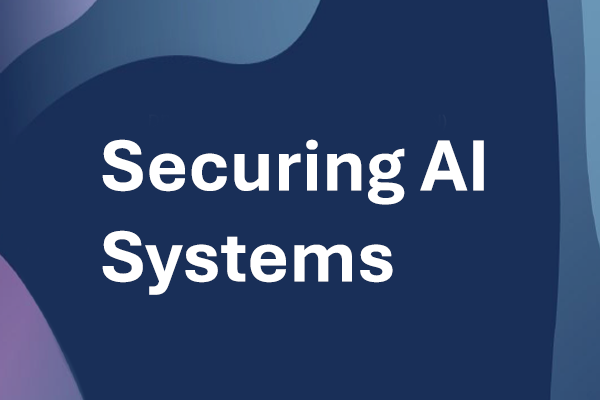Securing the Future: Why Safeguarding Artificial Intelligence Matters
Artificial Intelligence (AI) is reshaping our world, driving innovations and efficiencies across various sectors including healthcare, finance, and even our beloved local hawker centers. The potential benefits for society and the economy are immense, but with great power comes great responsibility—especially in the realm of cybersecurity.
The AI Advantage
Imagine a world where your healthcare provider uses AI to predict and prevent illnesses before they occur or where financial institutions can thwart fraud before it impacts customers. These are just a glimpse of the capabilities AI offers, but harnessing its power safely requires a solid foundation of security.
The Risks We Face
As exciting as AI is, it’s not without its pitfalls. AI systems can be vulnerable to adversarial attacks, which can lead to serious consequences such as data breaches or more subtle manipulations that could harm users. The importance of having AI that is secure by design and default cannot be overstated. This proactive mindset allows business and system owners, from tech startups in Singapore’s Silicon Alley to established banks, to mitigate risks effectively from day one.
Guidelines for Security
To assist in these efforts, the Cyber Security Agency of Singapore (CSA) has stepped up with comprehensive Guidelines on Securing AI Systems. These guidelines act as a roadmap for system owners to secure AI throughout its lifecycle. They cover both traditional cybersecurity threats—like supply chain attacks—and emerging risks such as Adversarial Machine Learning, which can exploit weaknesses in AI algorithms.
A Community-Driven Approach
In the spirit of collaboration, the CSA hasn’t stopped there. They’ve partnered with AI and cybersecurity practitioners to create a Companion Guide on Securing AI Systems. Think of it as a community-driven playbook filled with practical measures and best practices. It’s not one-size-fits-all; instead, it curates insights from real-world applications and academic research, allowing system owners to find what works best for their specific needs.
Real-Life Applications
For instance, a local fintech startup adopted these guidelines during the development of their AI-driven payment system. By integrating the recommended security measures from the Companion Guide, they not only fortified their defenses but also earned trust from customers wary of sharing information. Such stories highlight how proactive security can lead to both safety and business success.
Resources at Your Fingertips
The Companion Guide also points users to excellent resources like the MITRE ATLAS database and the OWASP Top 10 for Machine Learning and Generative AI. These references can be invaluable for those navigating the complex world of AI security, ensuring that best practices are just a click away.
Join the Conversation
As these conversations around AI and cybersecurity evolve, it’s crucial for individuals and businesses alike to stay informed and proactive. Whether you’re a tech enthusiast, an entrepreneur, or someone intrigued by the advancements in technology, understanding these guidelines will empower you to engage responsibly with AI.
Conclusion
AI is undoubtedly the future, but we must secure that future to truly enjoy its benefits. By embracing the CSA’s guidelines and fostering a community-driven approach to security, we can ensure that the innovations we unlock with AI are safe, secure, and responsible.
The AI Buzz Hub team is excited to see where these breakthroughs take us. Want to stay in the loop on all things AI? Subscribe to our newsletter or share this article with your fellow enthusiasts.




